Notes
This article includes a list of references, related reading, or external links, but its sources remain unclear because it lacks inline citations .(May 2013) |
Annis Lee Furness Wister (9 October 1830, Philadelphia - 15 November 1908, Philadelphia) was a translator who resided in the United States. She specialized in translations from German to English.
She was the daughter of the Rev. William Henry Furness, by whom she was educated. Early in life, she began to translate stories from German. She married Dr. Caspar Wister in 1854. He was a descendant of Caspar Wistar, a glassmaker who came to the United States in 1717. Dr. Wister died in 1888. Annis Lee Wister made many translations of note. Her translations were issued in a uniform edition of 30 volumes in 1888.
Among her translations are:
With Frederic Henry Hedge, she published Metrical Translations and Poems (1888).
This article includes a list of references, related reading, or external links, but its sources remain unclear because it lacks inline citations .(May 2013) |

Bayard Taylor was an American poet, literary critic, translator, travel author, and diplomat. As a poet, he was very popular, with a crowd of more than 4,000 attending a poetry reading once, which was a record that stood for 85 years. His travelogues were popular in both the United States and Great Britain. He served in diplomatic posts in Russia and Prussia.

Frederic Henry Hedge was a New England Unitarian minister and Transcendentalist. He was a founder of the Transcendental Club, originally called Hedge's Club, and active in the development of Transcendentalism. He was one of the foremost scholars of German literature in the United States.

Friedrich Spielhagen was a German novelist, literary theorist and translator. He tried a number of careers in his early 20s, but at 25 began writing and translating. His best known novel is Sturmflut and his novel In Reih' und Glied was quite successful in Russia.

Hiram Corson was an American professor of literature.
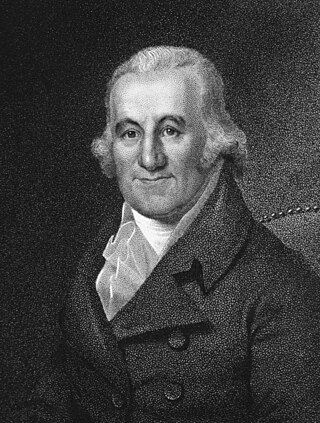
Caspar Wistar was an American physician and anatomist. He is sometimes referred to as Caspar Wistar the Younger, to distinguish him from his grandfather of the same name.

Charles Nordhoff was an American journalist, descriptive and miscellaneous writer.

E. Marlitt is the pseudonym of Eugenie John, a popular German novelist.
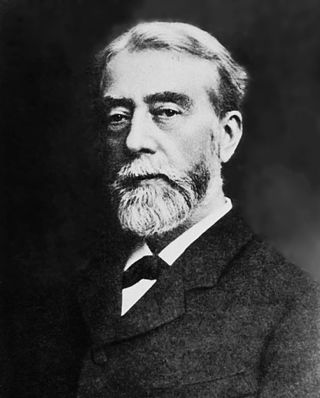
Jacob Hermann Knapp, also known as Hermann Knapp, was a German-American ophthalmologist and otolaryngologist.
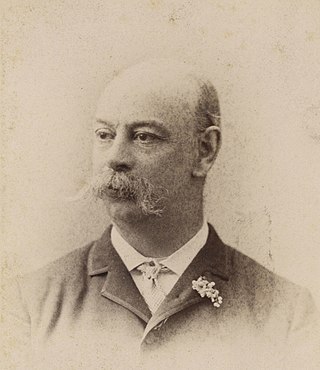
George Makepeace Towle was an American lawyer, politician, and author. He is best known for his translations of Jules Verne' s works, in particular his 1873 translation of Around the World in Eighty Days.

Rossiter Johnson was an American author and editor. He edited several important encyclopedias, dictionaries, and books, and was one of the first editors to publish "pocket" editions of the classics. He was also an author of histories, novels, and poetry. Among his best known works was Phaeton Rogers, a novel of boyhood in Rochester, New York, where Johnson was born.
Bertha Frederich née Heyn was a German novelist. She used pseudonyms, including Golo Raimund.

Wilhelmine von Hillern was a German actress and novelist.
Ellen Frothingham worked in the United States as a translator of German-language works into English.

Charles Gottlieb Raue or Charles Godlove Raue was a United States homeopathic physician.

Karl Knortz was a German-American author.
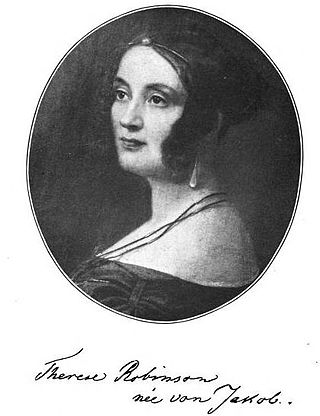
Therese Albertine Luise von Jakob Robinson was a German-American author, linguist and translator, and second wife of biblical scholar Edward Robinson. She published under the pseudonym Talvj, an acronym derived from the initials of her birth name.
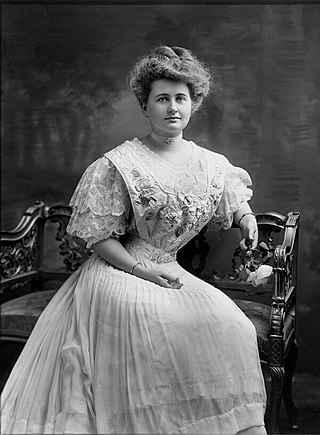
Clara Erskine Clement Waters was an American author and traveler.

Friedrich Wilhelm Krummacher was a German Reformed clergyman.
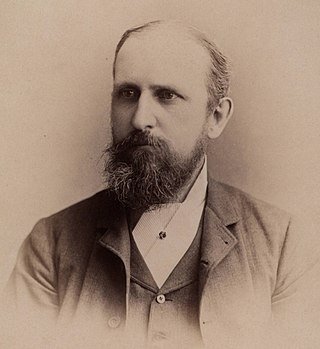
William Henry Chandler was an American chemist.

Lucy Hamilton Hooper was an American poet, journalist, editor, playwright, and translator. Soon after her marriage in 1854, a commercial crisis ruined her husband's business and she was compelled to start writing professionally. She contributed regularly to newspapers and magazines, and was associate editor of Our Daily Fare, issued in connection with the fair held by the U.S. Sanitary Commission in Philadelphia in 1864, and to which she presented the first hundred copies of a small collection of her poems published in that year. She was associate editor of Lippincott's Monthly Magazine from its establishment in 1868 until 1870, when she made her first trip to Europe.